THAILAND 🇹🇭 | นางรจนา, The princess "Rojjana"
โพสท์โดยชุดลำดับที่9 ของ ใบตอง จรีรัตน์ เพชรโสม MUT 49 Baitong Jareerat
รับบทนางรจนา จากเรื่อง สังข์ทอง
"ขอให้พวงมาลัยนี้ไปต้อง เจ้าเงาะรูปทองจงประจักษ์
เสี่ยงแล้วโฉมยงนงลักษณ์ ผินพักตร์ทิ้งพวงมาลัยไป"
เครื่องแต่งกายชุดไทยจาก อาภรณ์งามสตูดิโอ Peeramon Chomdhavat
แต่งหน้า Kittirapas Watthanaitthipat
ทำผม Jenrob Chailert
ถ่ายภาพ Wasunpas Pengsomya
ที่ปรึกษา Wattina TnaThongmit Tee Phasux Aunn Hari Donnawat Perkchinnaworn
Vdo Chalad Charoenphongpak
เจ้าเงาะ:Dom petchthamrongchai
#อาภรณ์งามสตูดิโอ #arpornngamstudio #ทีมคั่วกลิ้ง #ทีมไก่สะท้อนแสง #teambaitong #mut49 #roadtomut2020 #RealUniverse #RealU #MissUniverseThailand2020
The tale of Sang Thong is well-known and appreciated by the Thai people in various regions and persisted in several regional versions in both oral and written. The oldest written version is Suwan Sangkha Chadok in Panyasa Chadok (Chadok - Jataka tales in Buddhism). Other written versions also exist in various regions of Thailand, for example, Suwan Sangkha Kuman from the northeastern region and the Sang Thong Kham Kap from the southern region.
In addition to the popularity of the various versions of Sang Thong tale, other tales with the similar stories also exist in various regions of the country, for example, Kam Ka Dam, Phae Kham, Thao Tao, Suwan Sirasa, and Taeng Khiao. They may not be the same story as Sang Thong tale but use a similar storyline or plot: the hero hiding behind an ugly or deformed physique, the hero in love with a high-born heroine and facing opposition by the heroine’s father, the hero finally proving to every one of his good quality or physical beauty under the cloak of ugliness and deformity, the hero is eventually accepted by everyone. Similar stories are so numerous and popular in the repertory of Thai folk tales that it must be acknowledged that this type of story touches a chord in the Thai people’s hearts.
Besides its popularity as literature, Sang Thong tale is also associated with, and plays a role in, the various Thai ways of life, for example, in the place names, vernacular expressions, folk songs, riddles, astrological texts, paintings, and other art forms. Today, the popularity of Sang Thong story persists in other forms: students’ textbooks, comic books, fairy tale books, animated cartoons, television folk tale dramas, or novels. It is also featured in contemporary arts such as in modern sculpture and modern puppet theatre. The story and the characters of Sang Thong can also be found as the name of plants, amulets, titles of television shows, etc. Sang Thong, definitely as the Thai people’s favorite story, is an intellectual cultural legacy that has withstood the test of time.



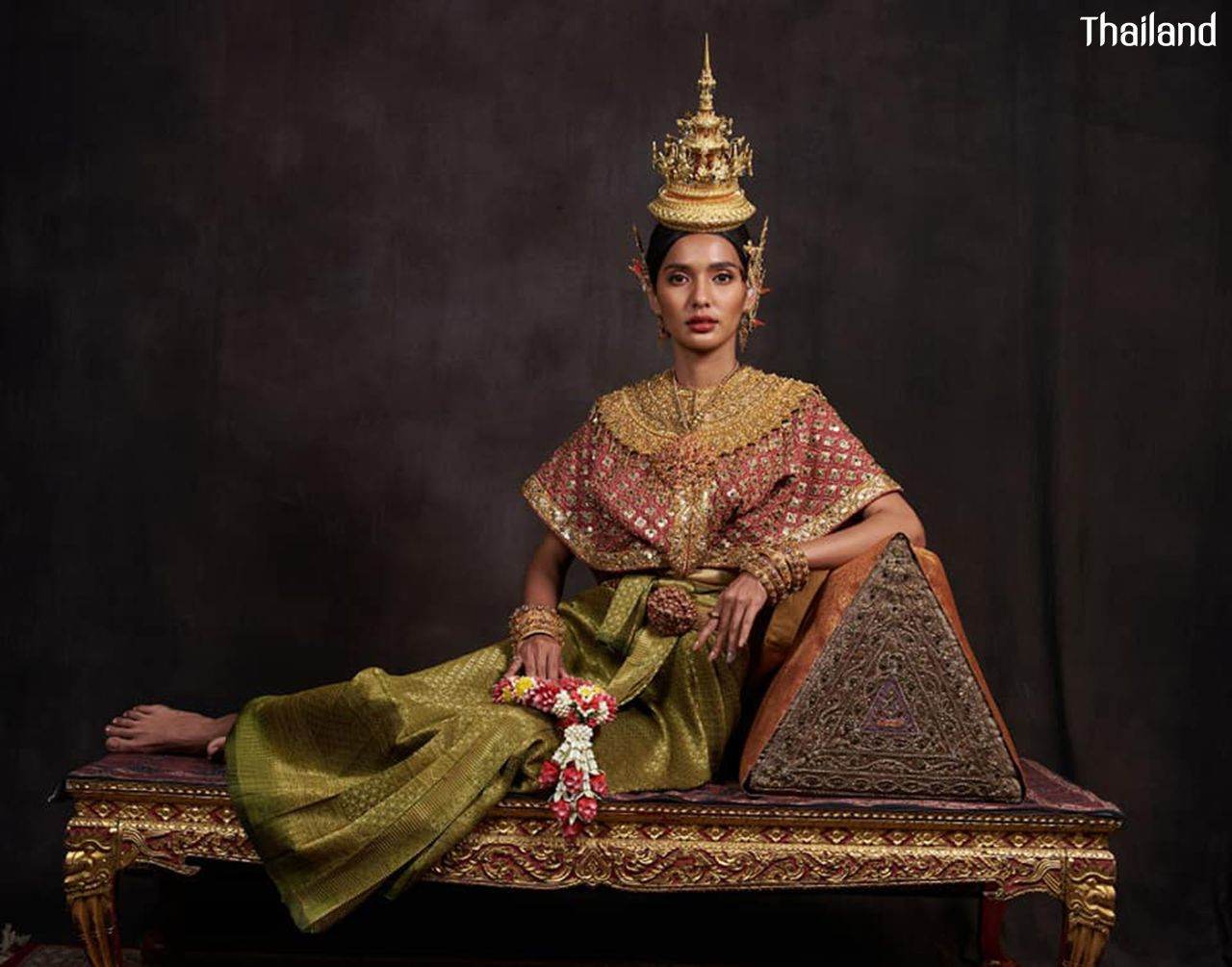
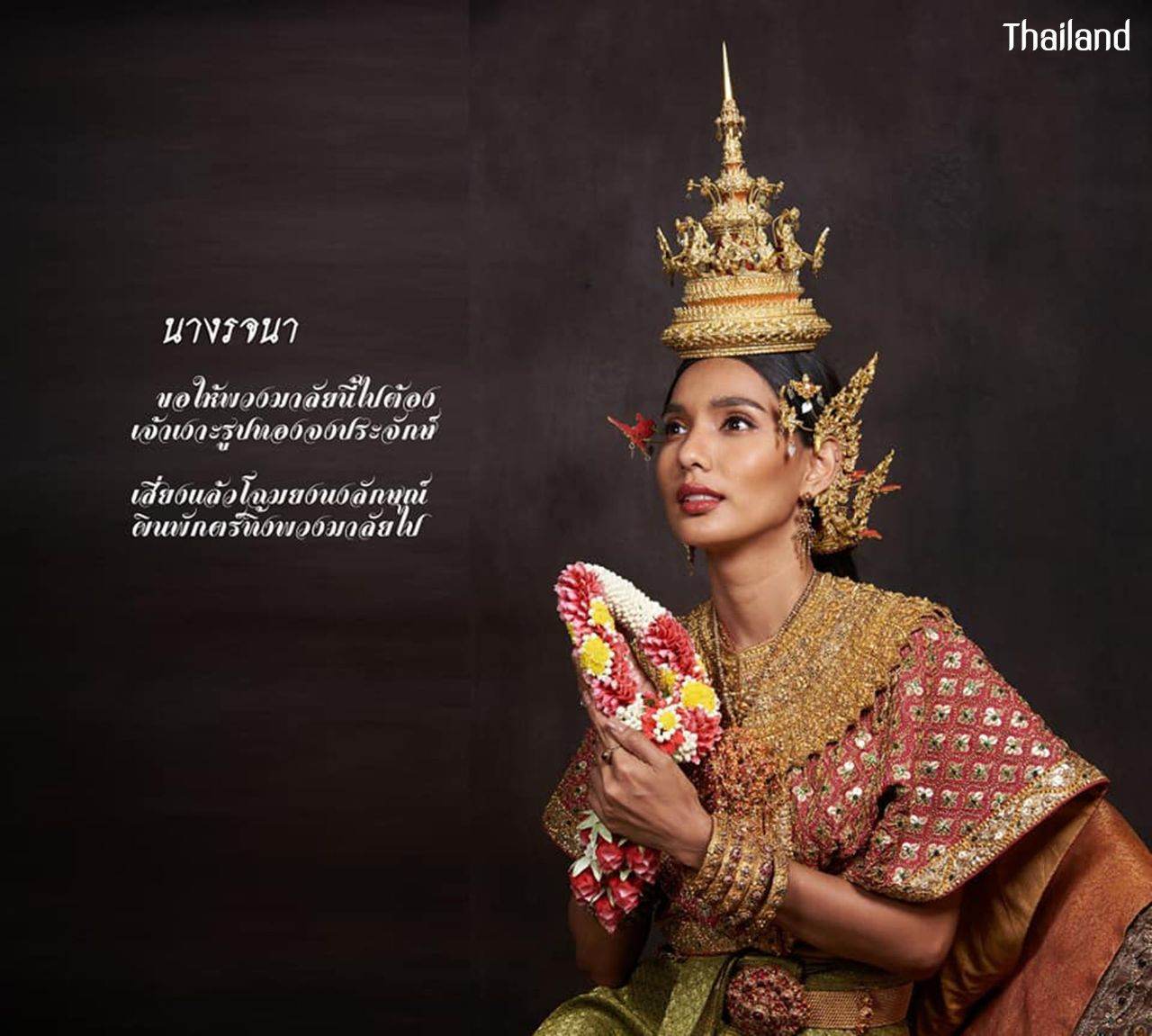
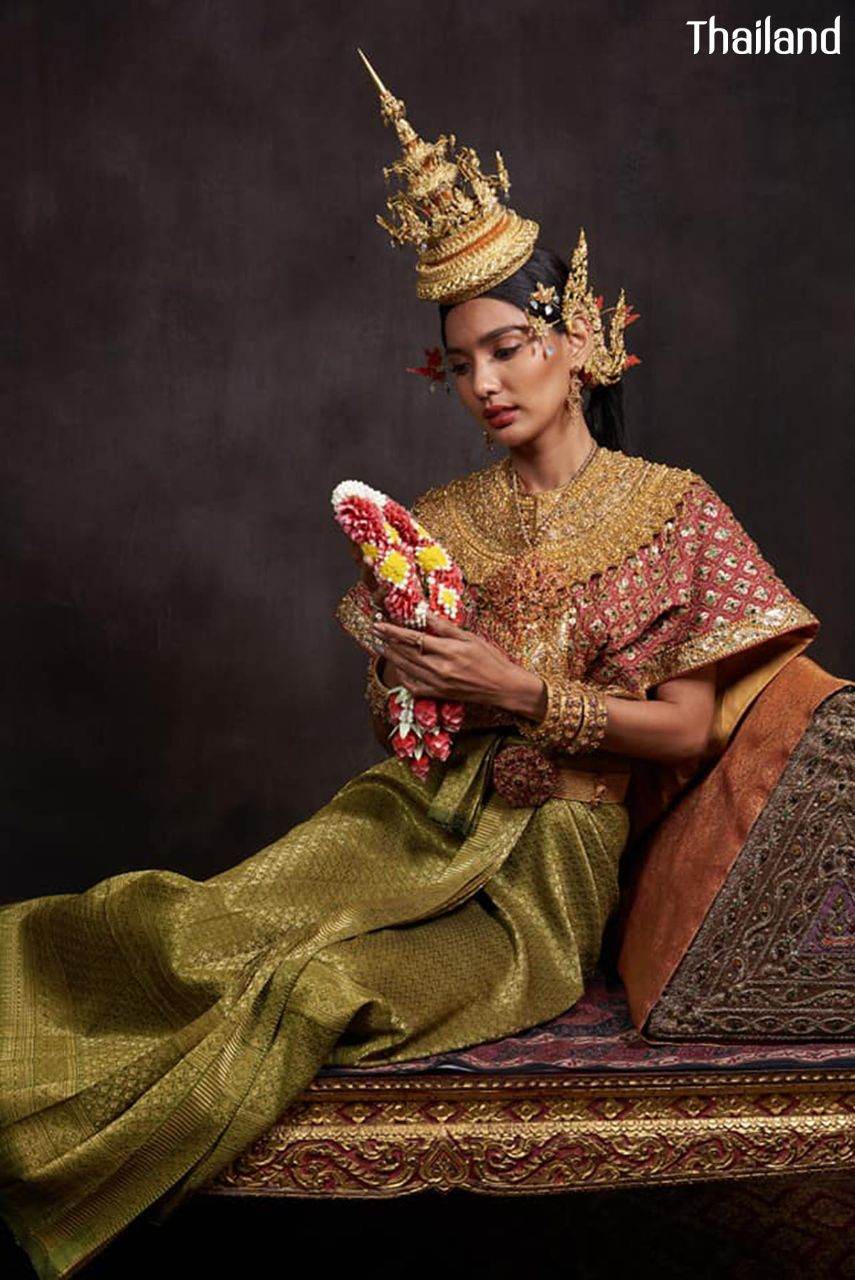
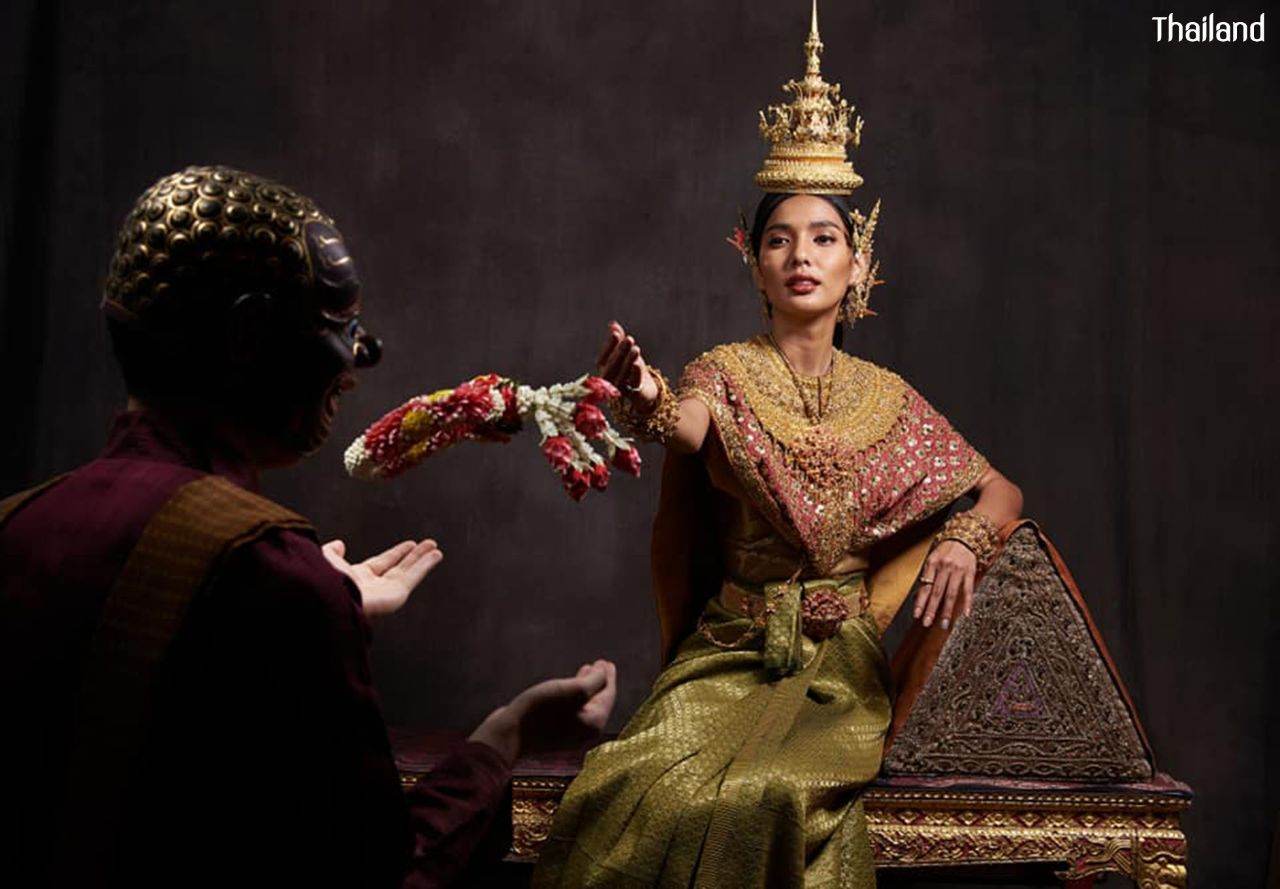
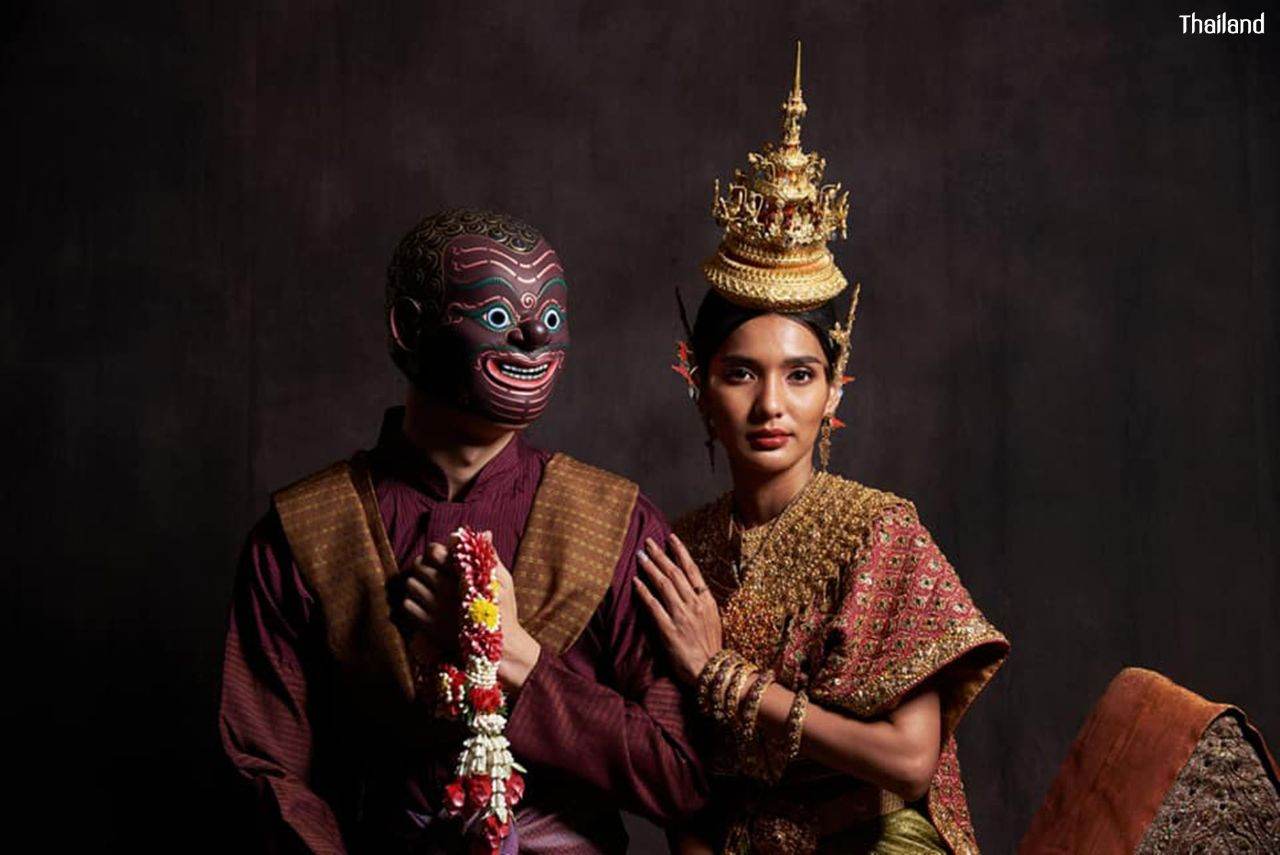
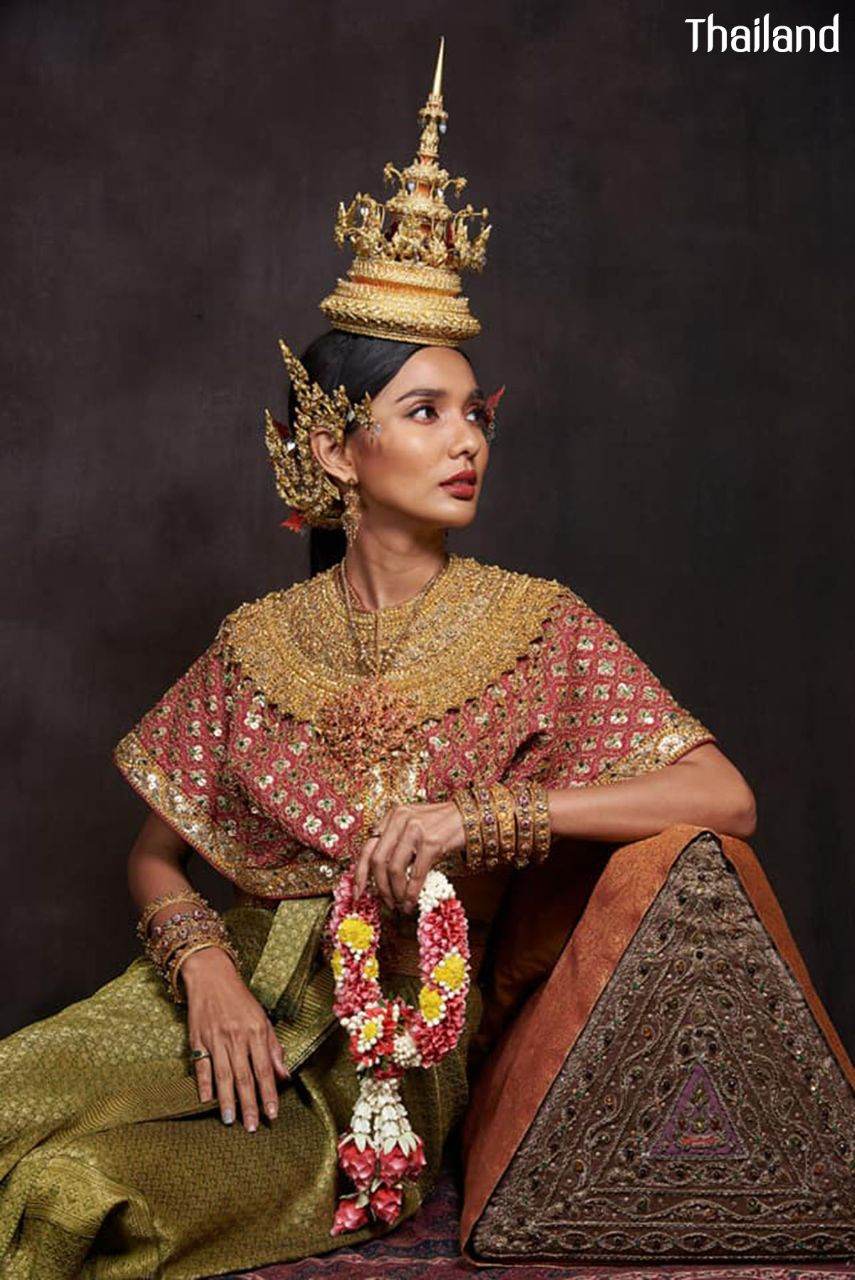
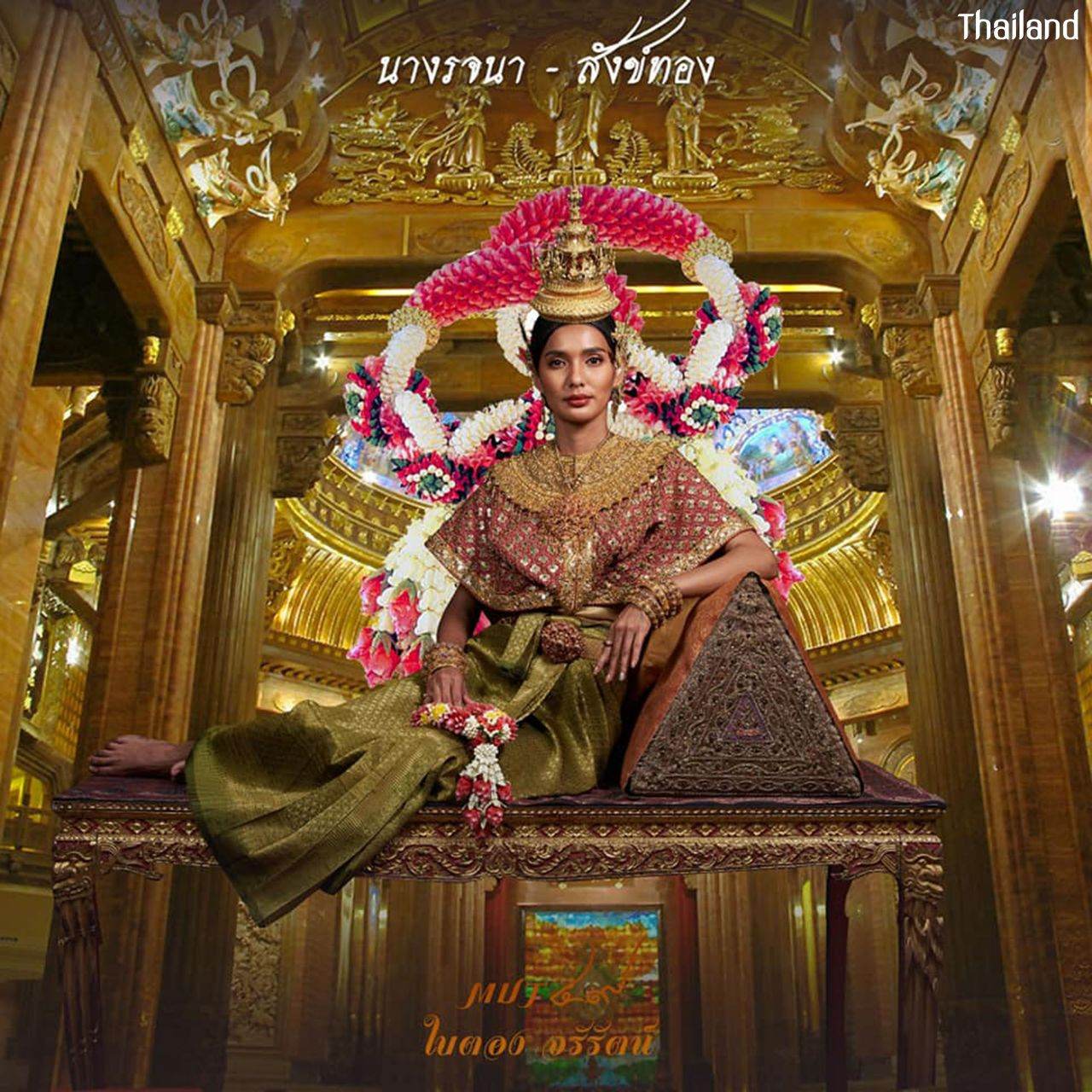
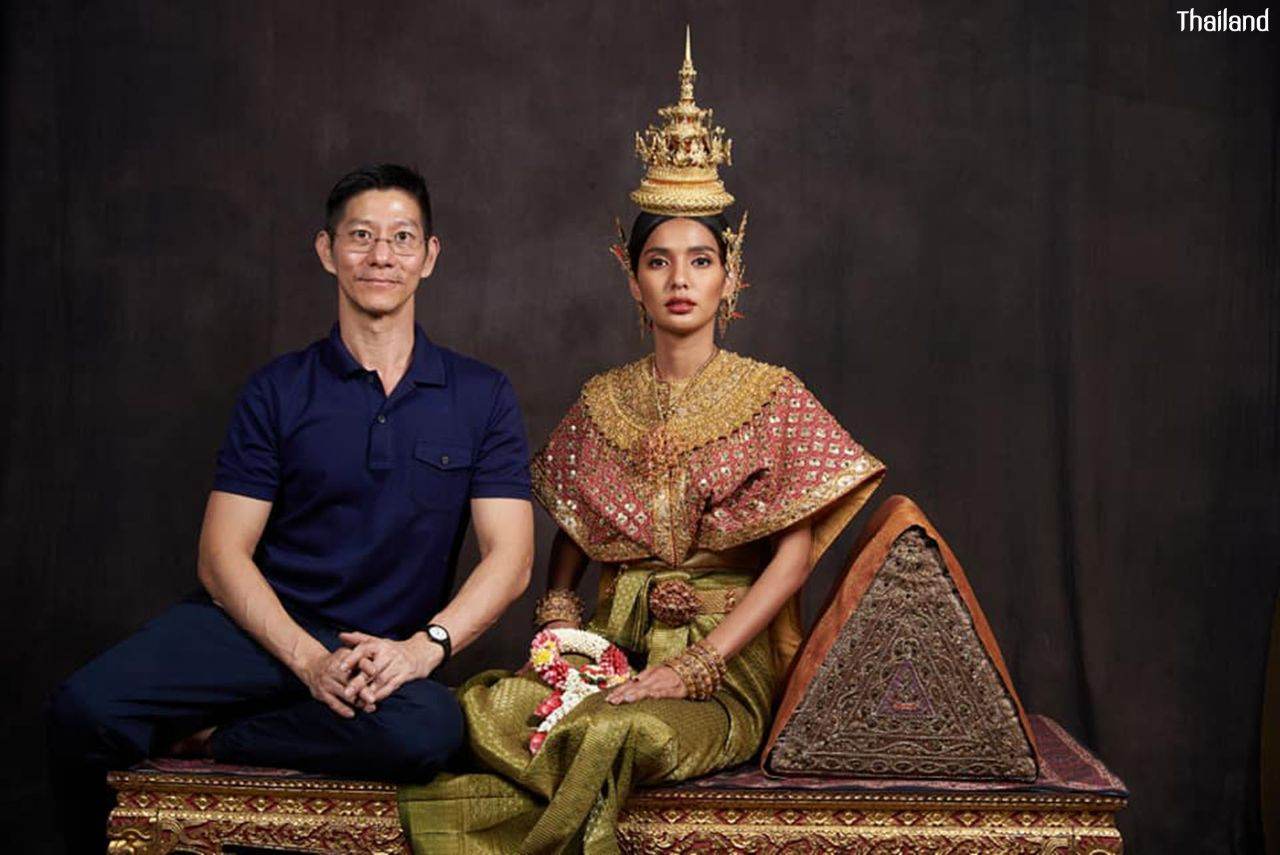
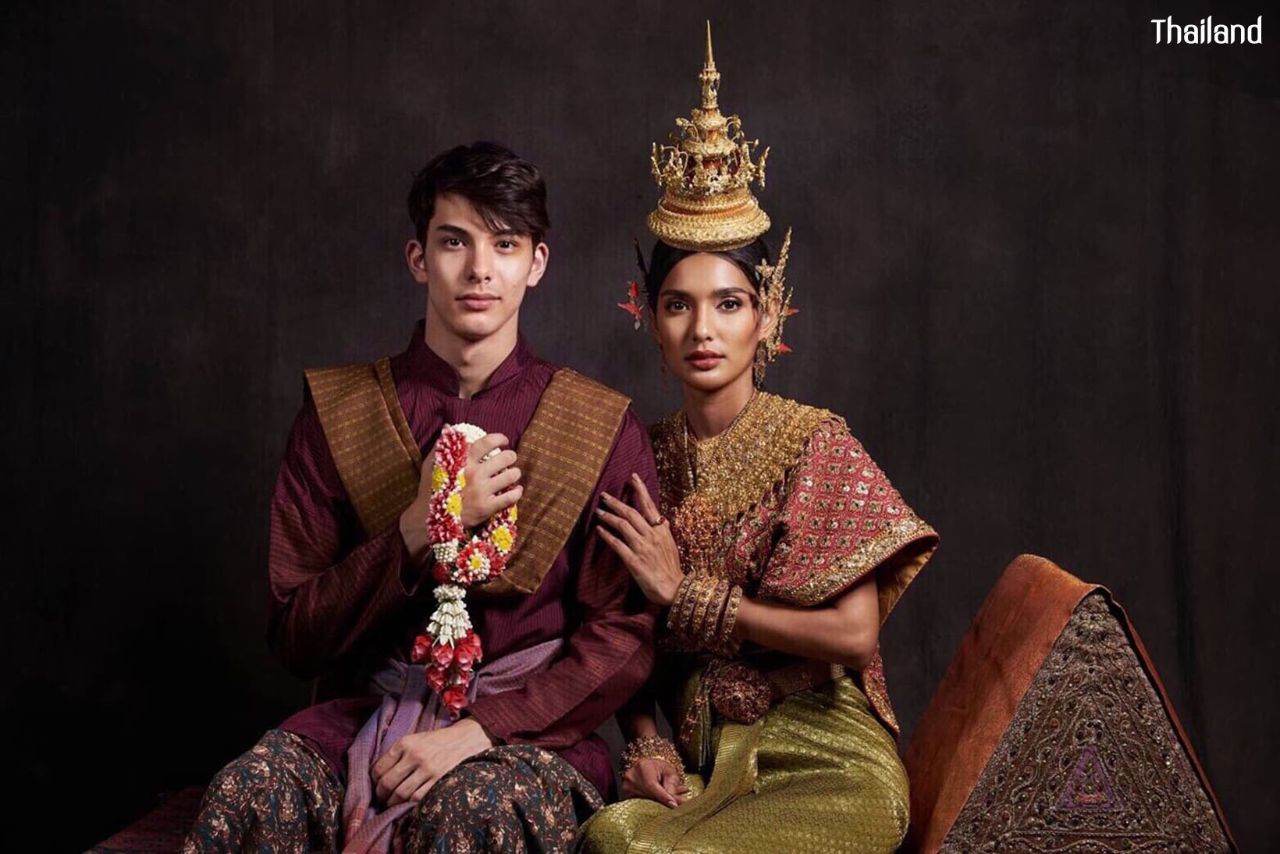
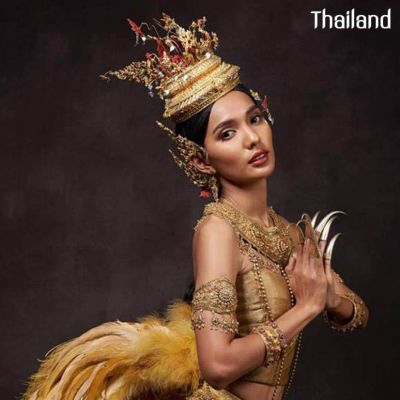 THAILAND 🇹🇭 | Manorah, นางมโนราห์
THAILAND 🇹🇭 | Manorah, นางมโนราห์ THAILAND 🇹🇭 | The Sbai, Thai dress (ชุดไทย)
THAILAND 🇹🇭 | The Sbai, Thai dress (ชุดไทย)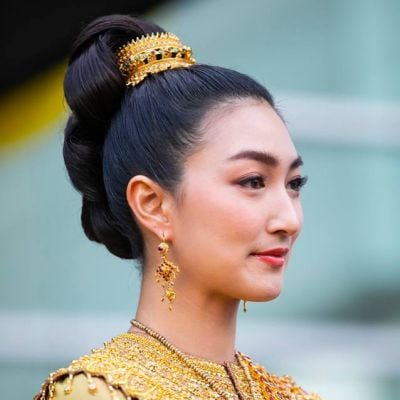 นางสงกรานต์ทุงษะเทวี ๒๕๖๒ “แพนเค้ก เขมนิจ” #thailand
นางสงกรานต์ทุงษะเทวี ๒๕๖๒ “แพนเค้ก เขมนิจ” #thailand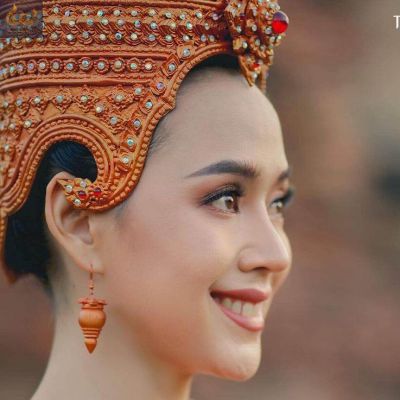 Sukhothai era, การแต่งกายสมัยสุโขทัย | THAILAND 🇹🇭
Sukhothai era, การแต่งกายสมัยสุโขทัย | THAILAND 🇹🇭